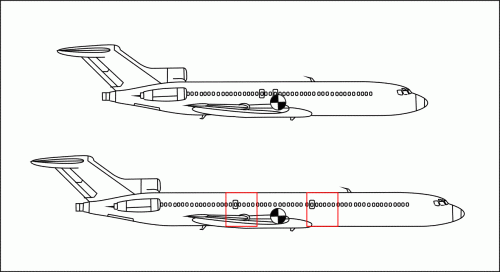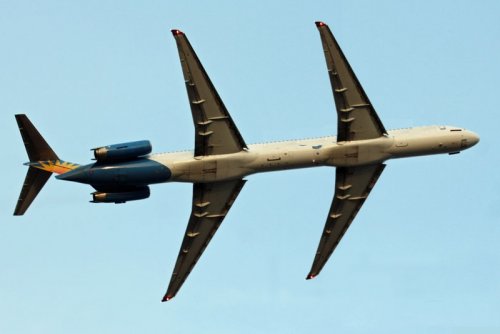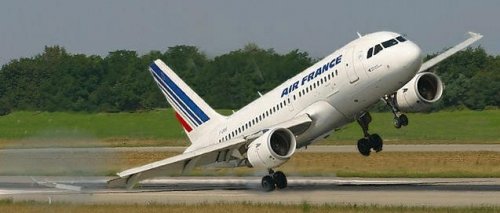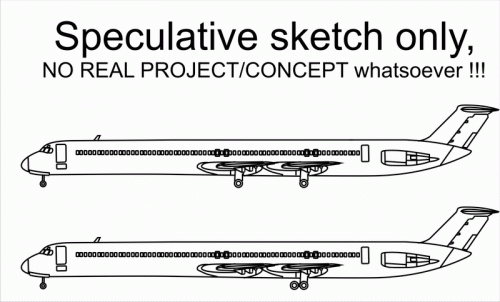Well, that's just an academic discussion of course, but I think, the maximum strain for the
landing gear at the moment of touching down. There's still plenty of aerodynamic lift, of course,
so it has not to carry the full weight, but has to carry the dynamic load of the descending aircraft,
too. For such an aircraft there probably won't be carrier landings, but the rearward landing gear
probably would have to take a bigger load, than the forward one. And as you mention, that there
are two units nder each wing: Not always both are used, as shown in the photo (from
http://www.toegel-web.de/fliegen/Seitenwind.html),
so the rearward units are much more likely to have to take the full load, something not very realistic
for the forward ones. But again, just a very academic discussion, maybe the best solution would
be, just to delete the forward landing gear and built the rear one sufficiently strong.




